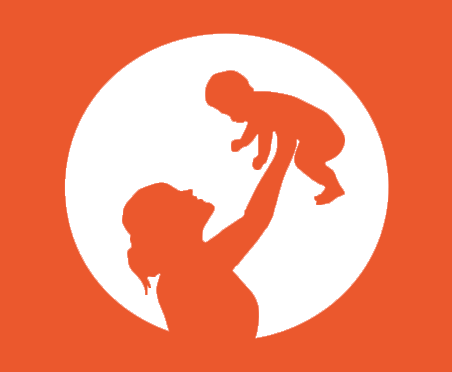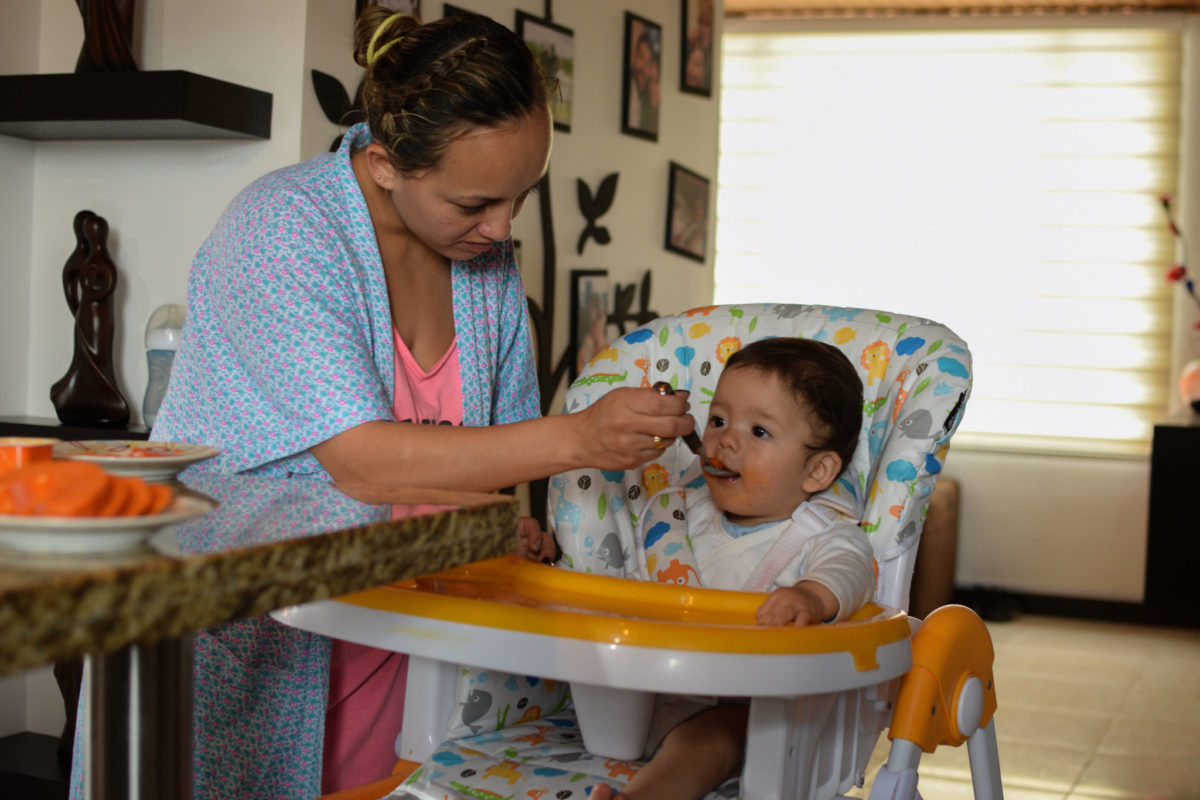Paid Leave Must Have a Place at the White House Conference on Hunger, Nutrition, and Health
The following is a statement from the Paid Leave for All coalition, of which 1,000 Days is part.
Dear members of WHCHNH Advisory Committee Members,
As parents, caregivers, early childhood and public health experts, race and gender equity advocates, social justice organizations, and on behalf of our tens of millions of members, we strongly urge you to include paid family and medical leave in the White House Conference on Hunger, Nutrition, and Health and its national strategy. We recommend the White House continue to promote its original proposal of at least 12 weeks of inclusive and comprehensive paid family and medical leave for all working people as a public health imperative.
Paid leave is a proven tool in addressing the United States’ most pressing health issues, whether it be mitigating the ongoing COVID-19 pandemic, addressing breastfeeding needs in light of a national formula shortage, addressing our worsening maternal mortality rates, or improving our overall health outcomes and families’ well-being. It is also a tool for alleviating the systemic racism and sexism in health care, by allowing more people and those with more caregiving responsibilities access and time to care for themselves along with their loved ones. Yet only 23 percent of workers in this country have access to paid family leave through their jobs and we remain one of the only countries in the world without this protection.
Paid leave is interconnected with a broad number of health indicators and outcomes. Workers without access to paid leave are more likely than workers with paid leave to experience financial and material hardships, including being more than twice as likely to be unable to pay for rent or utilities and twice as likely to experience food insecurity. Implementing paid leave in California, for example, reduced very low household food security by about two percentage points. Workers without access to paid leave are also more likely to be uninsured, have trouble paying for medical bills, and have less access to medical care because of the cost. A quarter are not confident they could come up with $400 for an unexpected emergency.
Paid leave is also a critical tool to support healthier pregnancies, better birth outcomes, more successful breastfeeding, and both physical and mental health in the postpartum period. This is particularly important while the United States faces a formula shortage—and has the worst maternal mortality rate among wealthy countries, disproportionately impacting Black women, and one that is worsening after COVID-19. Paid leave is critical to giving birthing people the opportunity to establish breastfeeding patterns as an option for their family, and we know that for those who are able and choose to breastfeed, it plays a powerful role in women’s health. Research has shown that breastfeeding is associated with a lower risk of heart disease—the leading cause of death among women in the U.S.—as well as breast cancer, ovarian cancer, type-2 diabetes, and hypertension later in life. It also has health benefits for the child, including improving the digestive and immune system. The American Academy of Pediatrics recently increased their recommended duration of breastfeeding to two years or beyond, a near impossibility for working families without access to paid leave. For low-income families in New Jersey, where a statewide paid family leave program has been in effect since 2009, researchers found that new mothers who use the state paid leave program breastfeed, on average, one month longer than new mothers who do not use the program. According to the Department of Health and Human Services, if 90 percent of women in the United States breastfed their babies for the first 6 months of life, it would save 900 babies’ lives and $13 billion in healthcare expenses annually.
We know that paid sick, family, and medical leave are critical to the overall health—including mental and emotional health—and well-being of working people, families, and whole communities. They are key to diagnosis, treatment and recovery, and the containment of disease.
Every one of us is going to need to give and receive care in our lifetimes, and without a federal guarantee of paid leave, we will all suffer. We urge you to include paid family and medical leave in this conference and its related strategies, and to prioritize it across the administration.
Additional Resources:
- 1,000 Days. 1000 Days Paid Leave V7. 1000 Days. https://thousanddays.org/wp-content/uploads/The-Case-for-Paid-Leave-in-America-digital-final.pdf
- Coombs, S. (2020, April 15). MOMS & BABIES SERIES 01: PAID LEAVE IS ESSENTIAL FOR HEALTHY MOMS AND BABIES. Nationalpartnership.org. From https://www.nationalpartnership.org/our-work/resources/health-care/paid-leave-is-essential-for-healthy-moms-and-babies.pdf
- Pichler, S. (2020, October 15). COVID-19 Emergency Sick Leave Has Helped Flatten The Curve In The United States. Healthaffairs.org. https://www.healthaffairs.org/doi/10.1377
- ZERO TO THREE. State of Babies Yearbook 2022. Stateofbabies.org. Retrieved July 14, 2022, from https://stateofbabies.org/Zero To Three
- Washington Center for Equitable Growth. (2021, April 22). Equitablegrowth.org. https://equitablegrowth.org/factsheet-what-does-the-research-say-about-the-economics-of-paid-leave/







